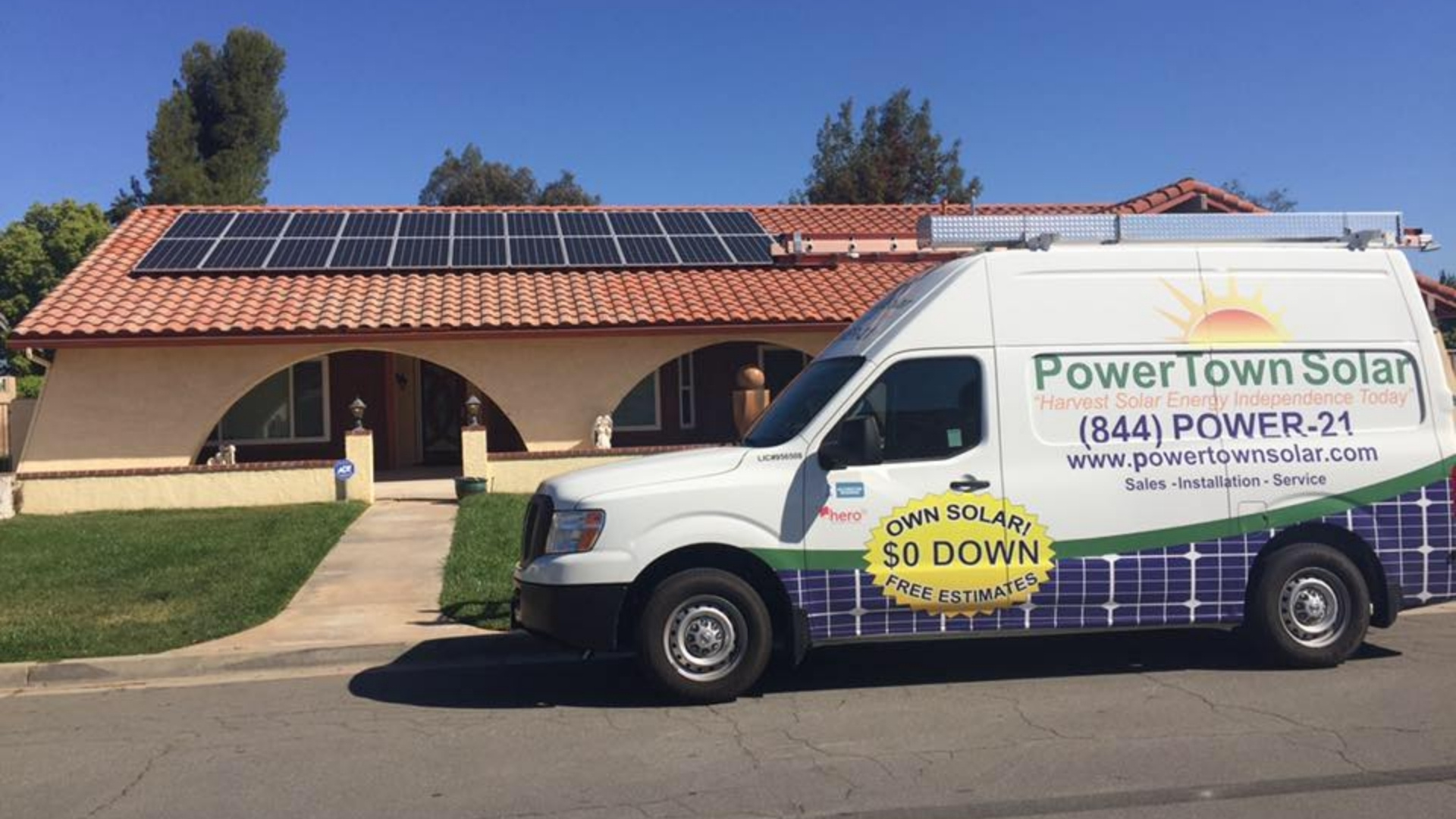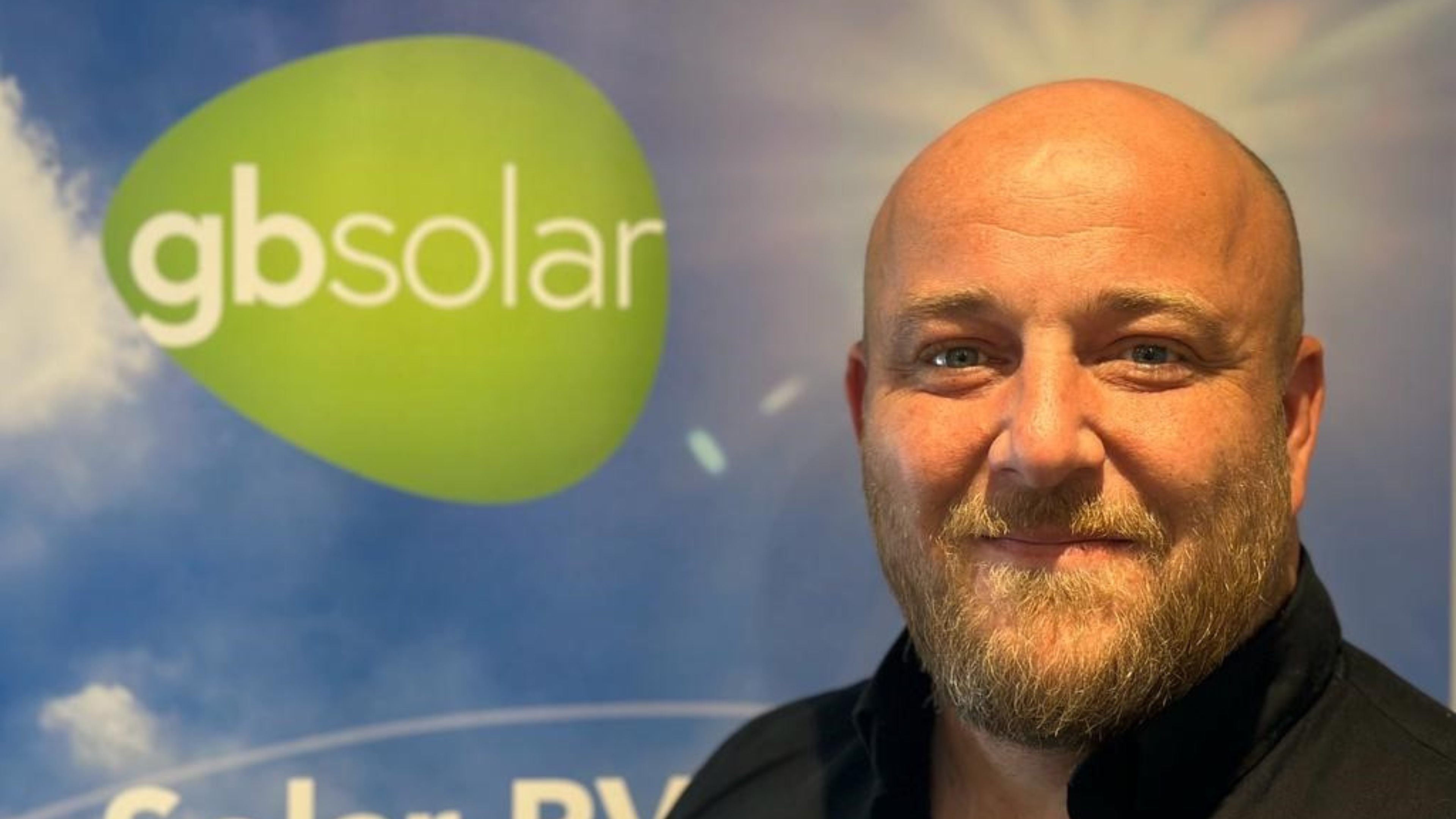Walking the Talk: How Openers Live the Electrified Life
At OpenSolar, our mission is to accelerate the transition to a world powered by sunshine. For many of us, this is more than a job. It is a personal commitment and a daily practice.
Across the world, OpenSolar employees, affectionately known as Openers, are making bold, practical decisions to electrify their homes, decarbonize their travel, and reduce their environmental impact. From retrofitting older properties to designing smart new builds, we are proving that the clean energy transition is not only achievable but already underway.
Here are just a few stories from Openers who are living the mission.
Jimi Gatland: Designing for impact, living in a net-zero home
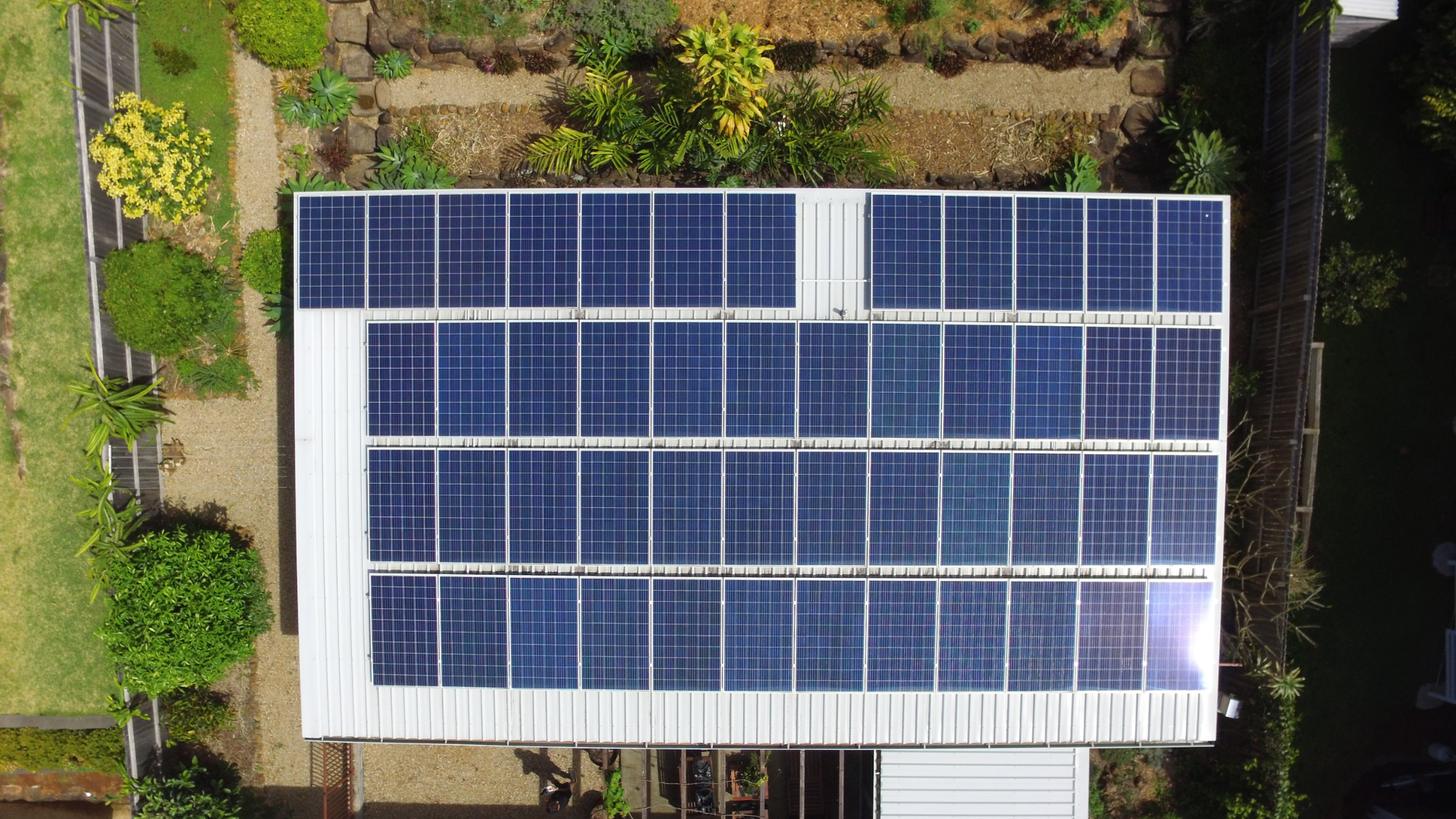
As Director of Pro Experience for Australia and New Zealand, Jimi embodies sustainability in every aspect of his life. He and his wife, Hélène, have created an all-electric sanctuary, a testament to their commitment to a greener future.
Their home is a masterclass in thoughtful, sustainable design. They strictly excluded gas, instead relying on a 13 kW rooftop solar system to power their entire residence. The design cleverly leverages orientation and glazing to maximize the benefits of the site’s north-facing aspect. And it’s not just about the house itself; their property boasts a flourishing permaculture garden with over 100 fruit trees and native beehives, creating a vibrant ecosystem right in their backyard.
Jimi’s dedication to reducing his environmental footprint extends to how he gets around too. He drives a Nissan Leaf, charged by the energy generated from his home’s solar system. This choice further minimizes his carbon footprint, and he enjoys the quiet, smooth ride that comes with it.
Jimi and Hélène’s lifestyle is more than just sustainable; it’s a joyful, intentional, and deeply fulfilling way of life that perfectly aligns with the values we champion every single day.
Annegret Panteliadis: Solar-powered and battery-backed
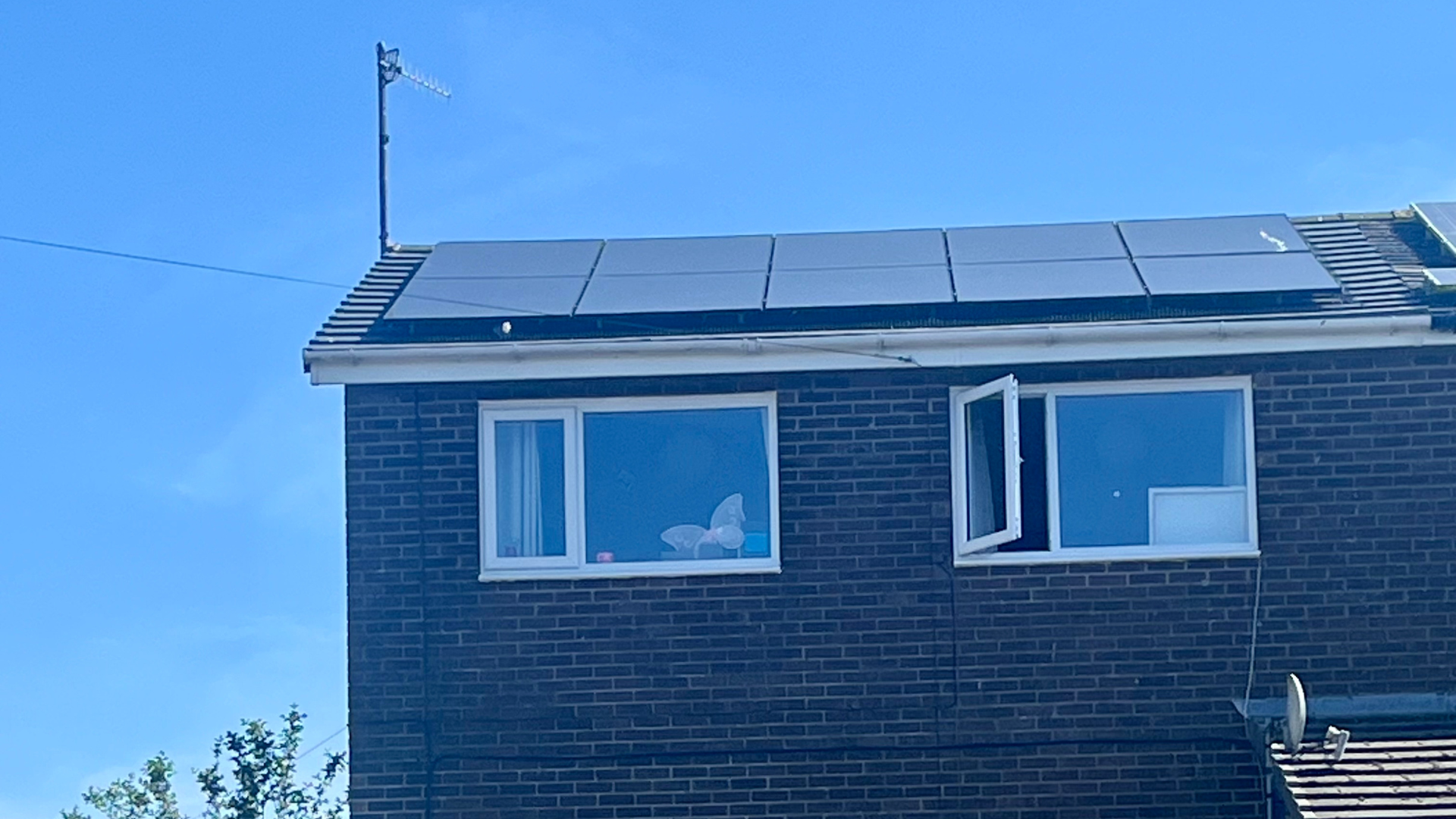
European Pro Experience Specialist Annegret built her household around sustainability and energy resilience. Her roof holds ten high-efficiency panels, backed by a 9.6 kWh battery and a hybrid car that covers everyday trips with ease.
Sustainability comes naturally to her, but she also manages the system manually. Without AI to automate her battery and charging decisions, she checks weather forecasts and sets energy use schedules accordingly. While she hopes for smarter tools in the future, her system already gives her peace of mind during blackout risks and supports a lifestyle grounded in values over payback.
Thom Whiffen: A whole-home retrofit for a fully electric life
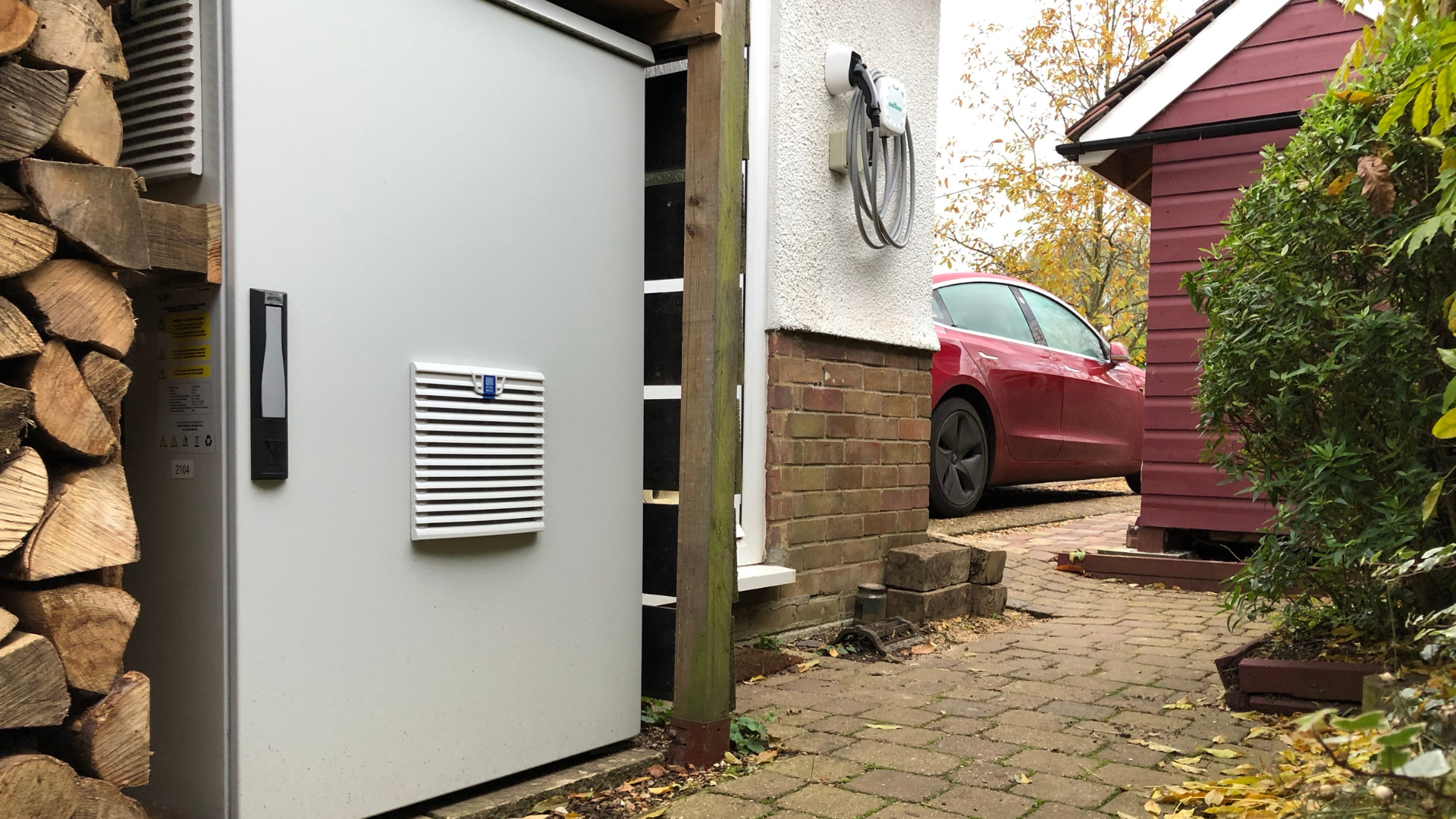
Thom, a Senior Product Manager, has spent the past few years transforming his 1960s semi-detached house into a fully electric smart home. His home includes a battery, heat pumps, underfloor heating, an induction stove (or a hob as they call it across the pond), and wiring prepared for future solar. His decisions are not only about efficiency. They reflect his values and a desire to gain lived experience in the technologies he helps bring to others.
After contributing to national EV and energy initiatives, Thom wanted to personally adopt the changes he advocated for. He started with a battery and a battery-electric vehicle, then transitioned to a plug-in hybrid to meet his family’s growing needs. His heat pump installation was complex and frustrating, but the experience motivated him to help improve the process for others. Solar is next on his list, and the home is already wired and ready.
Leigh Klaver: Building right from the start

When UK-based Pro Product Specialist Leigh was searching for a home, energy performance was non-negotiable. He passed up a larger, cheaper property with poor insulation in favor of a smaller, highly rated new build with in-roof solar modules, strong insulation, and EV charger readiness.
Leigh and his family chose to invest up front in a home that would keep energy costs and emissions low. A home battery is on their wish list, but even without it, they are already living with a significantly smaller carbon footprint. For them, the long-term impact outweighed short-term savings.
Eliamny Ravelo: From grid-dependent to grid-optional
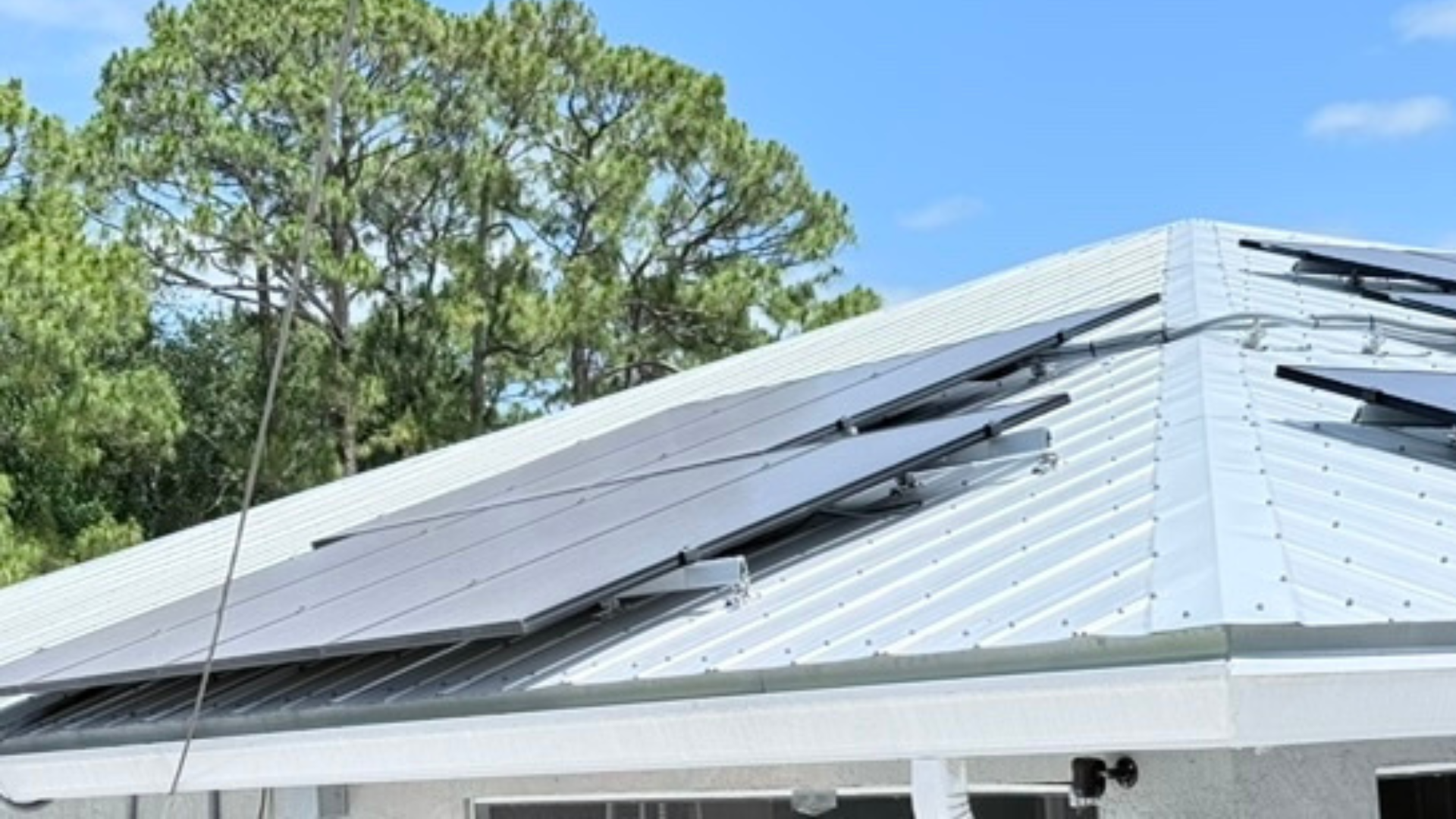
Global Support Lead Eliamny lives in sunny Florida, where her family installed 28 solar panels on their home. With panels on both the east and south slopes, they now pay little more than the utility’s minimum monthly fee, thanks to the state’s strong net metering policy.
Eliamny pushed to include four more panels than the original design. That choice was critical, since their actual usage turned out to be higher than predicted. While they are considering battery storage in the future, the solar system has already made a big impact. For her, going solar was about environmental responsibility and energy independence.
Patrick Crane: One step at a time to an all-electric lifestyle
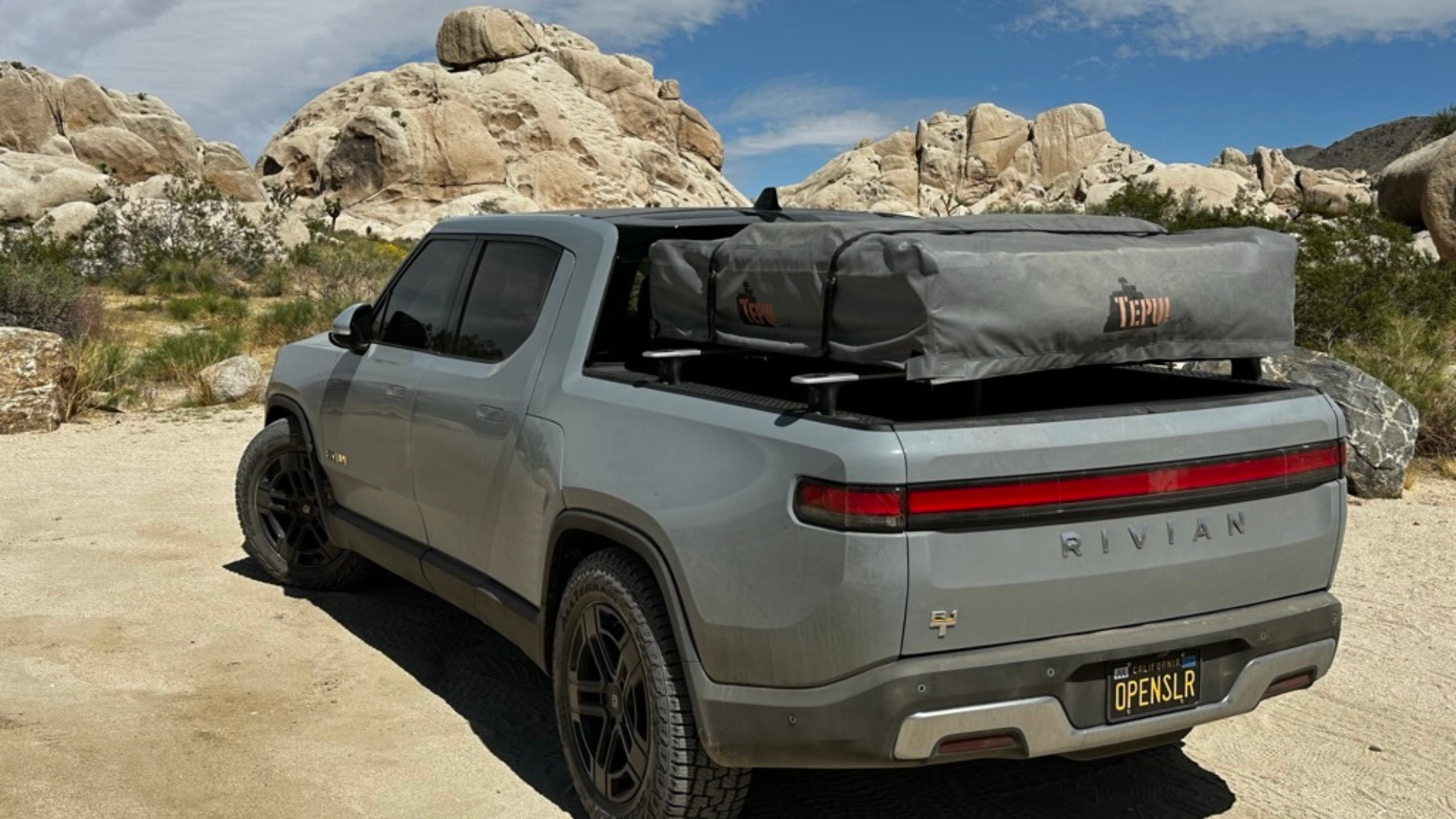
As OpenSolar’s Global Head of Growth, Patrick knows firsthand the power of smart, incremental choices. He and his family loved their home, but not the high energy bills. So they started their electrification journey, one step at a time.
It all started with a ground-mounted solar system, producing clean energy right on their property. Once the panels were generating power, they added an EV charger to support electric driving. From there, they tackled heating, replacing their gas boiler with an electric heat pump. Each upgrade made the home more efficient, comfortable, and future-ready.
The momentum continued. They installed an electric fireplace and switched to an electric cooktop, phasing out gas entirely. Rooftop solar was added to further increase their energy independence. Eventually, a battery system tied it all together. The battery stores surplus solar energy generated during the day, enabling the family to power their home well into the night. No peak rates. No wasted energy.
Now, Patrick’s household runs on sunshine around the clock, saving money while shrinking its carbon footprint. His journey shows that a fully electrified home does not have to happen all at once. Step by step, it is both achievable and empowering.
Why it matters
These are not just technical upgrades. They are real stories of people rethinking how they live, drive, heat, and power their lives. Whether it is swapping a gas range for induction, charging a car with sunshine, or retrofitting an entire home, each step brings us closer to a cleaner future.
At OpenSolar, we build tools to make the energy transition easier. But we also believe that credibility begins at home. We live what we promote, and our work is stronger because of it.
We are not just working toward a solar-powered world. We are living in one.


